Interview by Angelica Villa and Jedarrian Jones. Photos provided by Nitsahia Johnson.
Nitashia Johnson, a Nigerian-American multimedia artist and educator hailing from Dallas, Texas, is deeply passionate about her craft. After graduating from Booker T. Washington High School for the Performing and Visual Arts, followed by Texas Woman’s University and the Rhode Island School of Design, Nitashia has cultivated a rich background in the arts. She is dedicated to nurturing young talent through programs like The Smart Project, while also challenging stereotypes with her The Self Publication collection, which celebrates the beauty and narratives within the Black community.
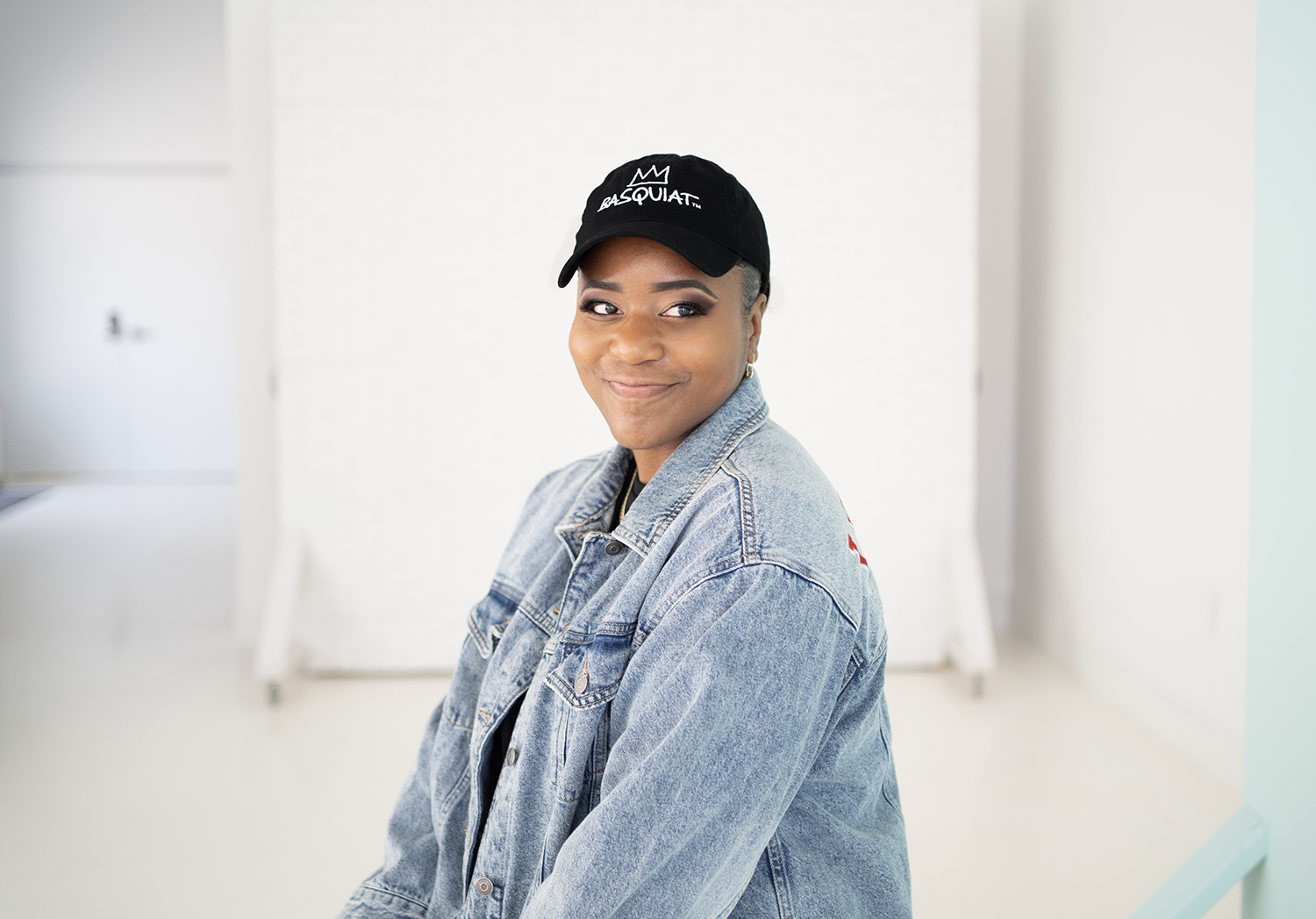
Nitashia’s work extends beyond photography and design; it serves as a platform to address pressing community issues, exemplified by her appearances in publications like The Dallas Morning News and The New York Times. As a participant in the Sony Alpha Female Creator-in-Residence program, Nitashia continues to push boundaries in the artistic realm, seeking to inspire and effect positive change through her work.
This Women’s History Month, we are featuring Nitashia for her remarkable contributions, particularly her latest endeavor, The Beauty of South Dallas. This project focuses on documenting the rapid transformation of this historically significant neighborhood amidst socio-economic changes, creating a document about South Dallas for future residents, visionaries, and developers.
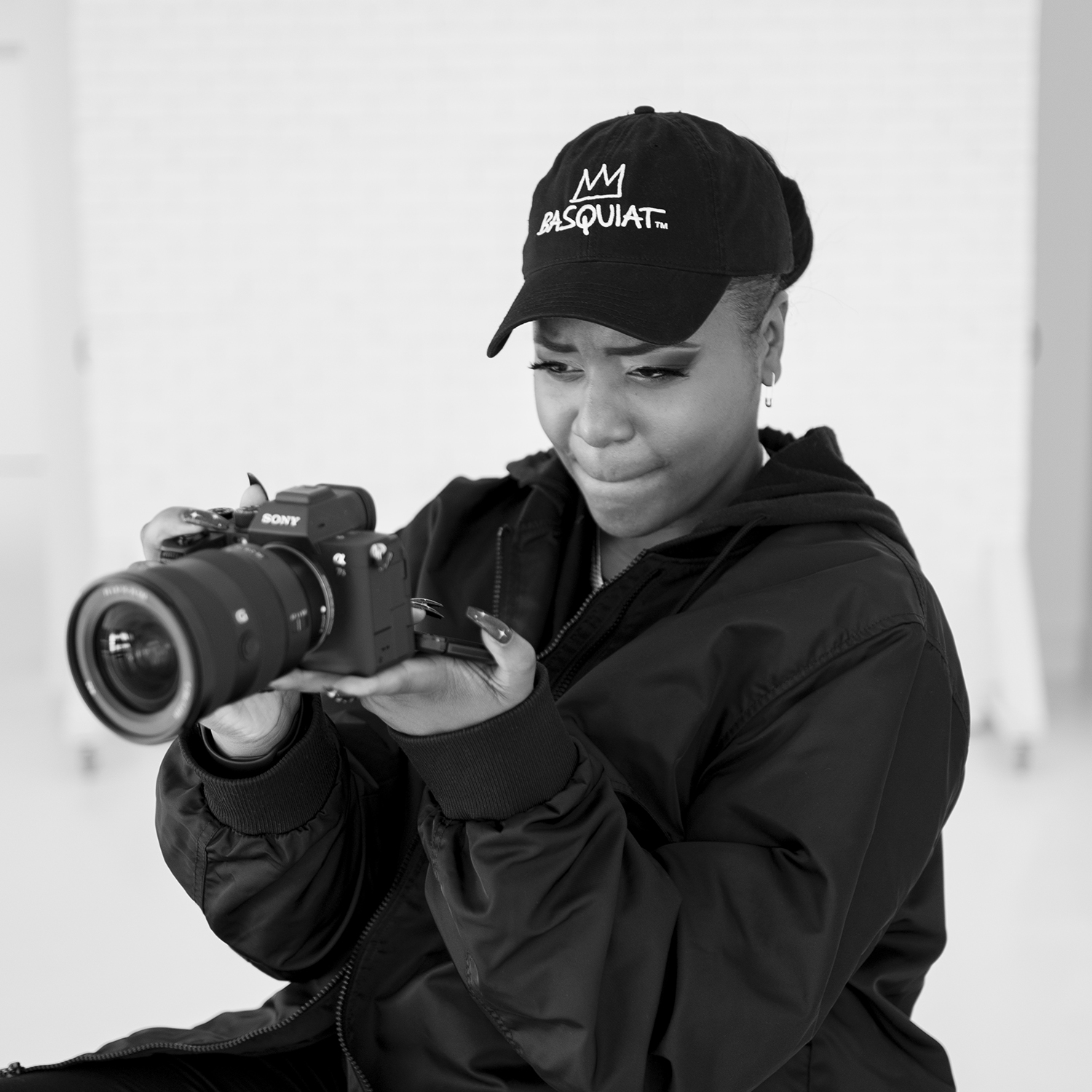 In a way, art did come naturally to me. I love my mom and always want to speak highly of her. She wasn’t constantly in my life, but she left a creative mark. When she would come around, she would leave an essence of her. One day, she was drawing on the bus. And when I saw that, I was like, “Oh, I really want to try.” That’s important to know, especially when you’re inspiring youth, that they pay attention to the people they look up to and love, right? So when I saw her doing that, I was inspired. And then I started drawing to give works of art to people that I love. It naturally started to be something that brought me peace and joy. And although it was beautiful, stuff was happening in my life. When you’re young, and things aren’t necessarily going well, you don’t know that. All you know is love and what’s around you. But I just kept drawing, no matter what. People started to notice that, which is how I ended up working with Ms. Grisby at Pearl C. Anderson. She saw my talent and helped me apply to Booker T. Washington High School for the Performing and Visual Arts.
In a way, art did come naturally to me. I love my mom and always want to speak highly of her. She wasn’t constantly in my life, but she left a creative mark. When she would come around, she would leave an essence of her. One day, she was drawing on the bus. And when I saw that, I was like, “Oh, I really want to try.” That’s important to know, especially when you’re inspiring youth, that they pay attention to the people they look up to and love, right? So when I saw her doing that, I was inspired. And then I started drawing to give works of art to people that I love. It naturally started to be something that brought me peace and joy. And although it was beautiful, stuff was happening in my life. When you’re young, and things aren’t necessarily going well, you don’t know that. All you know is love and what’s around you. But I just kept drawing, no matter what. People started to notice that, which is how I ended up working with Ms. Grisby at Pearl C. Anderson. She saw my talent and helped me apply to Booker T. Washington High School for the Performing and Visual Arts.
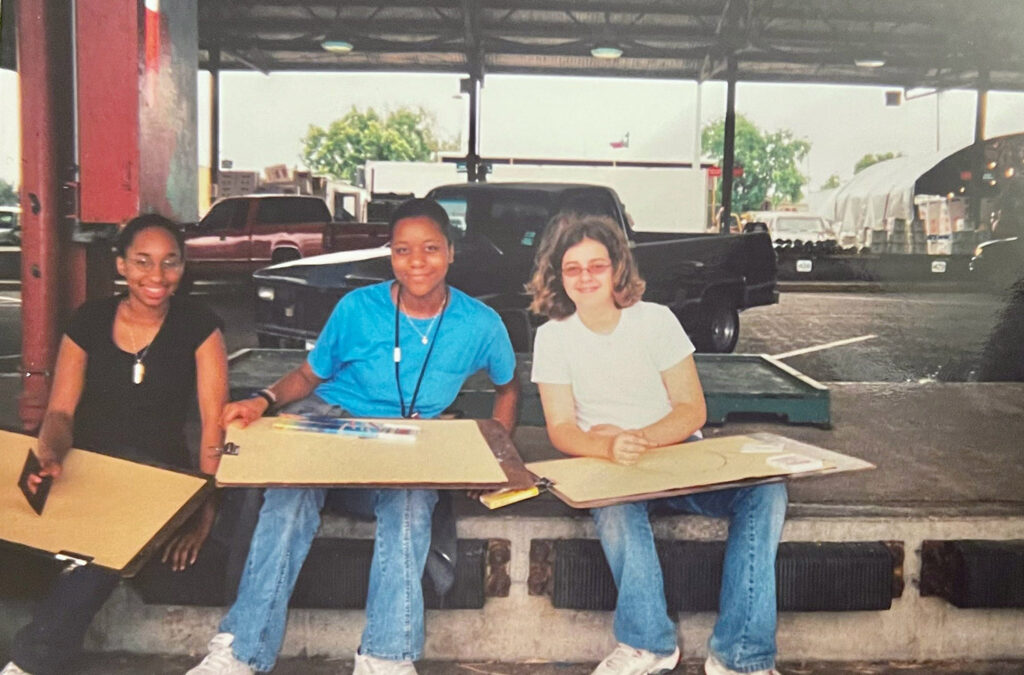
My first memories are of West Dallas, from the red bricks to the glass on the ground, no grass, but it was still fun. I would notice the beauty and the small things. I remember sitting on the floor one day in the West Dallas housing projects, and there was natural light coming through the window. I just thought that was so beautiful, which is why I really love working with natural light as a photographer. My grandpa told me, “Oh, you have a beautiful smile. Don’t lose your smile.” I just remember him saying that. At the time, I didn’t understand what he meant. But as I went through life, I later understood.
I remember hearing, “Sometimes, you just play the cards you are dealt,” growing up as a kid. I kept saying it when people would ask me questions about my parents not being in my life. It was really all love. I took the essence of life and the love around me and kept moving.
That memory and the stuff we went through inspired me because I was just trying to find a way to cope with things. I knew our situation wasn’t always peachy, but it wasn’t bad because love surrounds you. I had my sister, our small family, and others who did love me. Every moment and everything I went through ultimately helped me become who I am today. There is always a good somewhere, and it fights to find you.

It was very insightful. Even though I went to school in South Dallas, I went to Pearl C., I didn’t know about Mrs. Craft. I started learning about her as I was working as an artist later in life. When I was approached to document South Dallas as the inaugural artist for the Juanita J. Craft Artist Residency, I formed a name for it in response to my urge to include the soul of the area, which is the people. The people are beautiful. It’s always beautiful to elevate the voices, because it’s really the essence of the people of the land and not just about the space, right? The people make the location what it is. The great people at The South Dallas Cultural Center have always been really supportive of the work. Learning more about the history of the land is important, as well as how it’s deeply rooted in the community.
The Juanita J. Craft Artist Residency is a good program, and any artist who’s looking to get support should look into it. It taught me more about myself as an artist, and it really did help me grow. It was another vessel in my creative story.
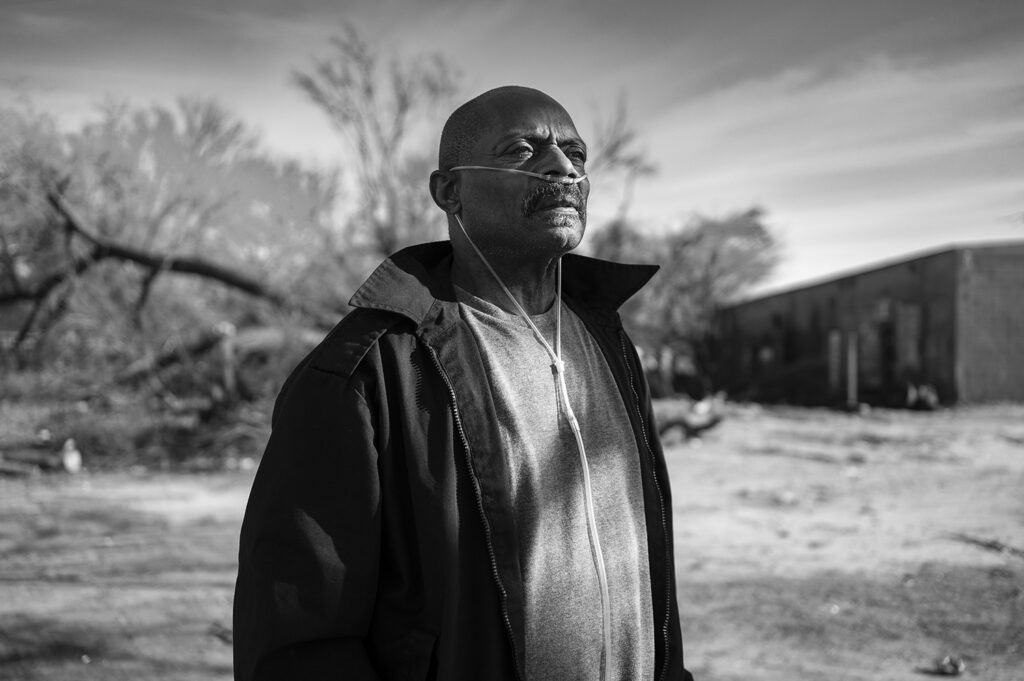
There was something about showing the people of South Dallas that called to me. There are a lot of changes happening in South Dallas; we all see it. But it’s something about the soul of people. We are on this Earth, we connect with one another, and everyone is a beautiful entity. That’s why I called it the “Beauty of South Dallas,” because the soul of people really makes the history of the space. I have met some really great people. I recently did a few interviews with Mr. Sneed and Ms. Patricia– they’re so wise. I worked with some great youth from the area. Before I’m done with photography or whatever I’m doing here on this Earth, I want to shine a light on spaces like this one. This was through the help of the residency, but even after that, I kept going. This is years later, and I’m still doing it. It’s just nice, connecting with the people.

The people there now might not be there 10-20 years from now. It’s sort of like having an archive and keeping the history there. It’s important for the youth to know what the community is or what it looks like. Considering it’s Women’s History Month, I hope any young artists who see this are inspired to do it, too. After me, hopefully, they have somebody else who documents the changes, even what it looks like 50 years from now.
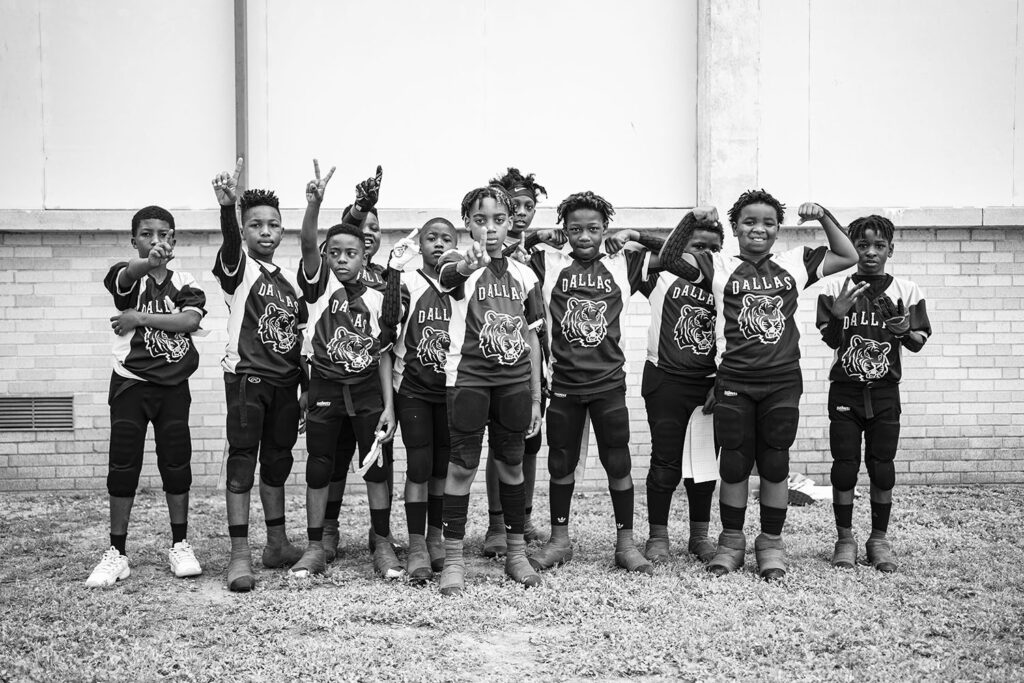
It’s the picture that I call “Dream Team.” It was with the Dallas Tigers football team, and they were in the fourth grade at the time. You can instantly tell the kid in the front holding his pointer finger up is the captain; it was just his personality. I had my Polaroid that day and wasn’t even supposed to photograph them. I was supposed to be photographing the old Pearl C. Anderson. The location that helped me grow because of that art teacher I met.
I’m proud of them and want them to be protected and grow in happiness. They’re just such great kids. The little ones even went on to win a championship after that image was taken. In eight years, when they’re done with high school, I want to recreate the picture.
There are so many things that take place in the world and I worry about the youth in the community. The world can be a lot but with support they can thrive.
I remember looking at the image after printing it and just wishing that everything goes well for them and they are all happy in this life. They are gonna remain great.

It influenced me in a good way but also reminded me about the importance of documenting history. A lot of stuff was lost from South Dallas; you just wouldn’t believe it. In the past, everything was thriving, and there were so many grocery stores, hotels, banks, and theaters. The place’s essence and soul are still there, but the history has been destroyed because of things out of the community’s control. I’ll just say that. It made me realize how important photography is.

Just to create no matter what, because I think when you are creating for the purpose of someone else, you really lose this idea of creating your own identity through the arts. Use art as a way to support your mental health and to bring peace and awareness internally, and then you can push that out into the world. So no matter if it’s rejected or not, you will always be in love with yourself as an artist, you know what I mean? I feel like everyone should be noticed for their work, but don’t lose yourself in the process. Always love yourself and your heart first, and then anyone else who loves it will become a part of your tribe. You know, it’s really all about self-love.
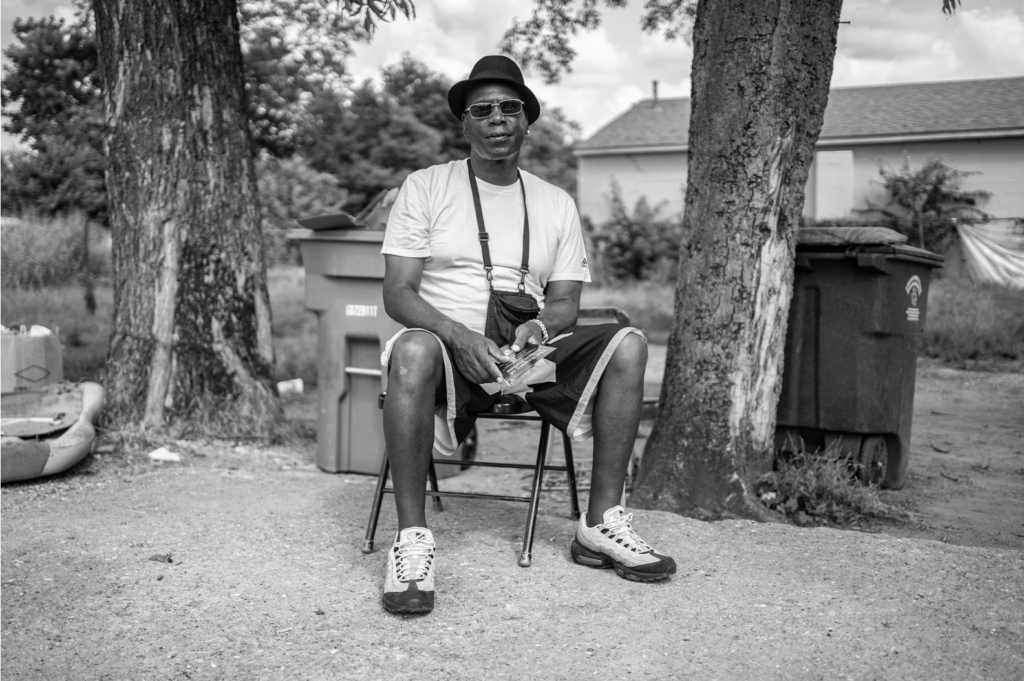
If they’re from South Dallas, they can actually go to the website and upload photos from their childhood. I can only do so much, but the people of South Dallas have those core memories that need to be shared. I always want the people to be highlighted before the spaces because it is not what I perceive the community to be. It is really truly about them. I also strongly urge them to go out and take photos.
Sign up with your email address to receive good stories, events, and volunteer opportunities in your inbox.